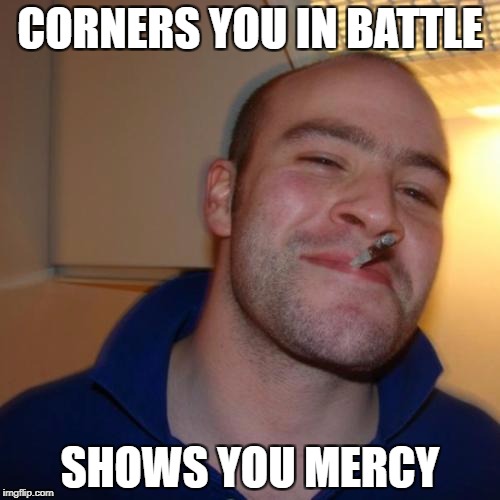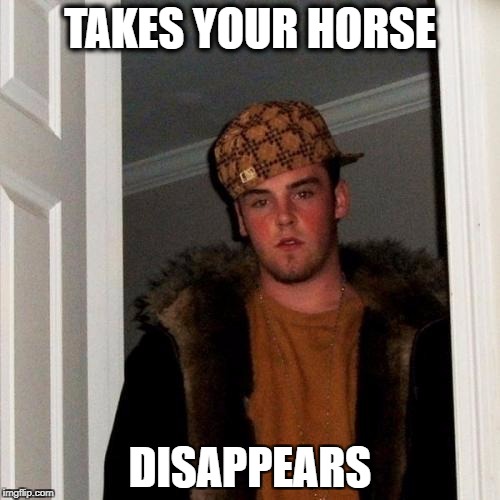Readings: The Knight of the Cart, Sir Gawain and the Green Knight
One of the most popular superhero franchises today is Marvel’s Avengers, as its superb comic and movie series has propelled its characters into the world of pop culture. That being said, there is a reason why they are so popular; they draw from the very same themes and ideas that made the Knights of the Round Table so well-known during their literary invention.

King Arthur’s knights are among the first literary characters to form a team of heroes dedicated to protecting their land and their society, much like the Avengers. In The Knight of the Cart, Lancelot and the other knights devote themselves to saving Guinevere. Similarly, the Avengers put everything on the line to defend the world from villains like Loki and Ultron. Additionally, each Knight and Avenger has a different personality; Lancelot and Iron Man are both charismatic and popular, while Gawain and Captain American are trusting and humble.
The Knights and the Avengers also serve a similar purpose in the society that they are written, as they act as the model for the ultimate classical heroic ideal. This classical ideal draws upon the ancient legends of mankind, where mighty warriors bridged the gap between Man and God. These heroes would prove their worth by wielding some kind of godly ability; Arthur pulls sword from stone and wields the legendary Excalibur, and Thor is the single person who can lift the hammer Mjolnir and summon lightning. This godly ability shows that the heroes were chosen by the divine or supernatural, and had the mandate of defender of society. Though an unreachable standard to even the greatest of real human “heroes,” it is important to note that this same kind of heroes have progressed throughout human history.





